How to naturally prevent and treat head lice
How to naturally prevent and treat head lice
It’s that time of the year where all the kids have gone back to school and the letters start coming home warning of head lice infestations. Autumn months are a prime time for head lice and it’s important to know the necessary precautions to avoid catching the annoying little parasites and also how to get rid of them fast if you do. Here’s what you need to know…
What are head lice and why are they so hard to get rid of?
 Lice are tiny, wingless parasites that feast off miniscule amounts of blood for survival. They feed solely off the scalps of humans and cannot live away from a host for more than 48 hours (usually less). For this reason, lice will climb from human to human to reproduce and survive. They are most commonly transferred through head-to-head contact however can also be caught through shared belongings such as hats, clothes, hair brushes etc.
Lice are tiny, wingless parasites that feast off miniscule amounts of blood for survival. They feed solely off the scalps of humans and cannot live away from a host for more than 48 hours (usually less). For this reason, lice will climb from human to human to reproduce and survive. They are most commonly transferred through head-to-head contact however can also be caught through shared belongings such as hats, clothes, hair brushes etc.
An adult louse has a life span of around 30 days and a female can produce as many as 6 eggs per day. This means the quicker you identify the problem the easier it’ll be to eradicate it! People often mistake lice and nits as the same, however a nit is the name given to the eggs laid by the female louse. It takes approximately eight to nine days for a nit to hatch into a nymph, an immature louse, and as long as there is a blood supply, it develops into an adult in nine to 12 days.
It is especially hard to get rid of nits because they are glued to the base of the hair shaft to increase chances of survival and being so minute means both nits and head lice are extremely hard to see, thus being hard to treat.
How to lower yours or your child’s chances of catching head lice
Keep head-to-head contact to a minimum. Try to encourage your child to avoid games and activities that involve close head-to-head contact. Understandably, many children won’t want to follow this rule, so try tying their hair up instead and using a small amount of serum or leave-in conditioner to secure any stray hairs.
Avoid sharing any head-touching items. These may include hats, scarfs, brushes, hair accessories etc.
Avoid leaving head-touching belongings in shared spaces. Encourage your child to keep any hats or scarves etc. in their school bag if possible.
For a more specific method, coconut oil is commonly believed to repel head lice. Using a shampoo containing coconut oil (such as CurlyEllie) and/or with a coconut scent may help to alleviate the risk of catching lice. Spraying coconut water on hats and scarves may also repel lice clinging to belongings.
Neem oil is another personal favourite of mine.
How to identify lice
The most common symptom of lice is the aggravating itch, most commonly found behind the ears, at the back of the neck and close to the scalp. This is caused by the lice’s saliva which is subsequently injected into the scalp as the lice feed on their host.
The most common identification is catching the parasites in the act. Lice tend to be a grey or brownish colour and an adult louse is around 2-3 millimeters long. They are extremely hard to catch as they like to bury themselves under the hair and hide away from any light. The nits tend to be easier to detect however can often be mistaken for dandruff. A distinguishing factor between the two is that dandruff is much looser on the hair while nits are more glued to the hair shafts.
Treating lice
Once a diagnosis has been made it’s important to start treatment as soon as possible to avoid more and more eggs being laid.
The most effective way to treat head lice is the fine tooth comb. Wash the hair normally before slathering on a generous amount of hair conditioner (use hair mask to treat your hair at the same time). Brush the hair back from the hairline to the tips, removing the parting, to get rid of any tangles before beginning with the fine tooth comb. Start from the edge of the hair behind the ears and comb the hair right through to the tip. Inspect the comb each time and if lice or nits are found wipe the comb with tissue or rinse it in the sink. If you are combing in a bath tub do not rinse the comb in the bath water, studies show that lice can survive in water for many hours at a time, and therefore may potentially get back into the hair.
This treatment should be conducted regularly for at least 2 weeks to avoid or longer if lice continue to be found.
It is also important to make sure that any possessions that may have come into contact with lice are washed and the surrounding areas are hoovered/cleaned. If any possessions cannot be washed; seal them in a plastic bag and leave the bag for around 2 weeks to allow any lice contained to die.
We hope this helps you all stay lice free this autumn
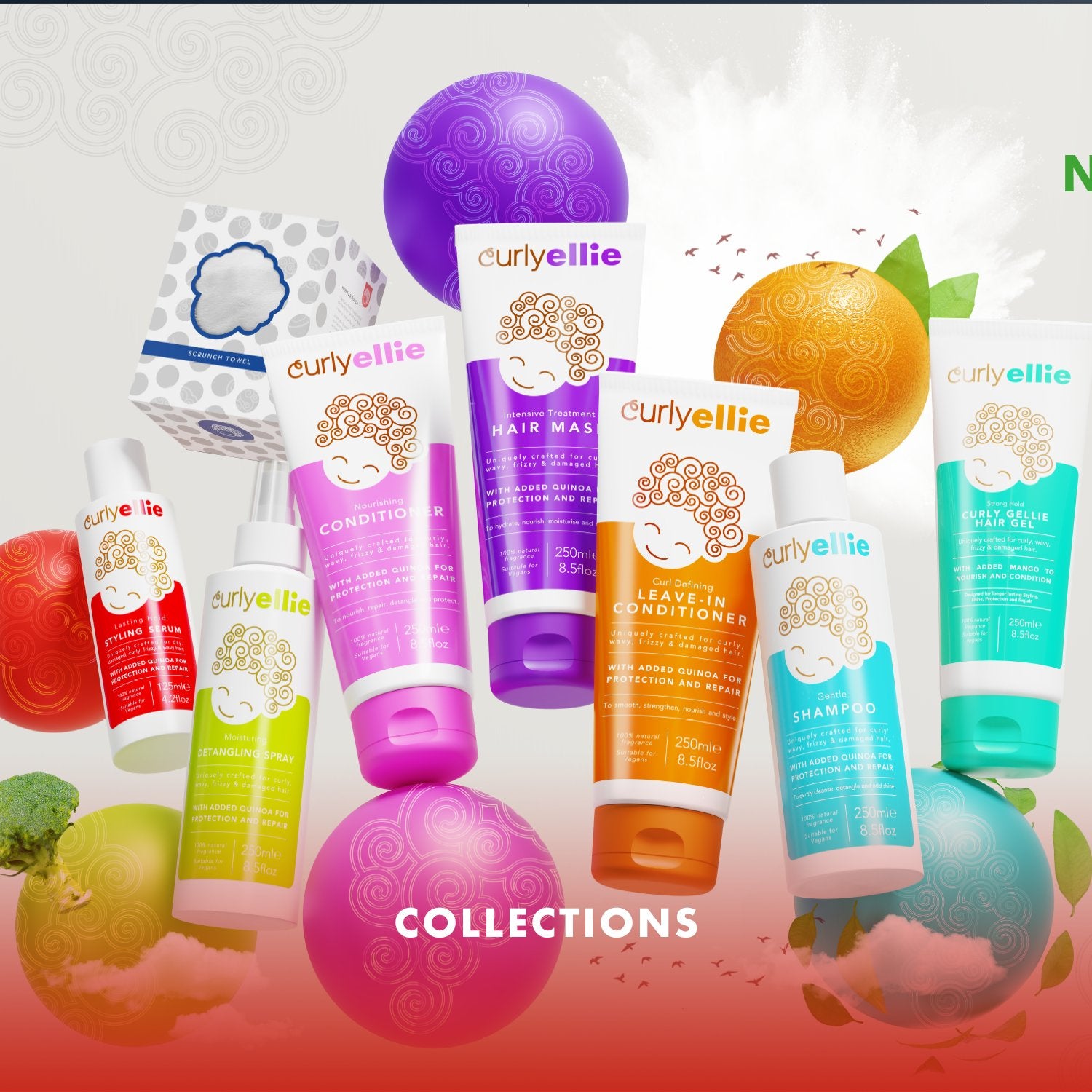
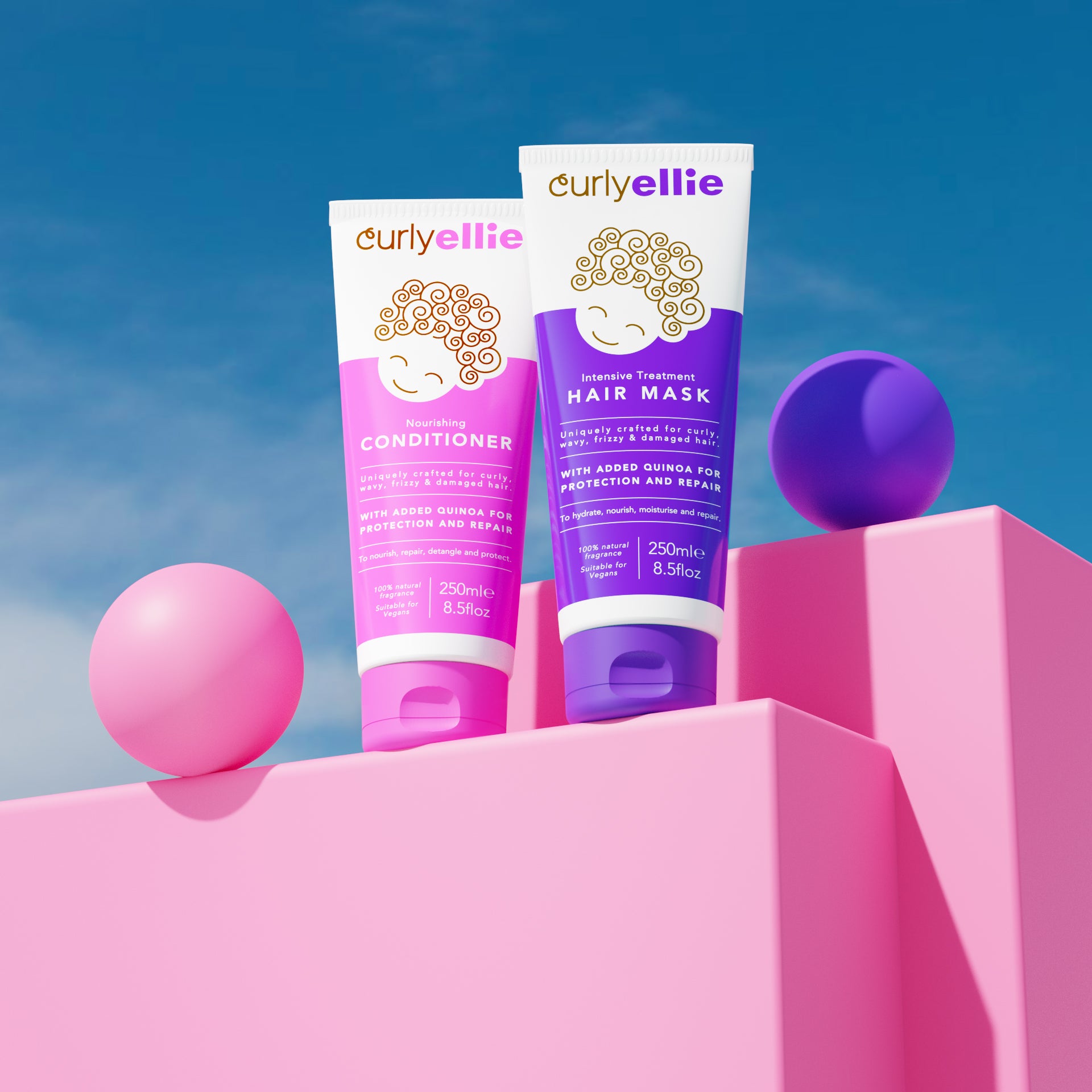
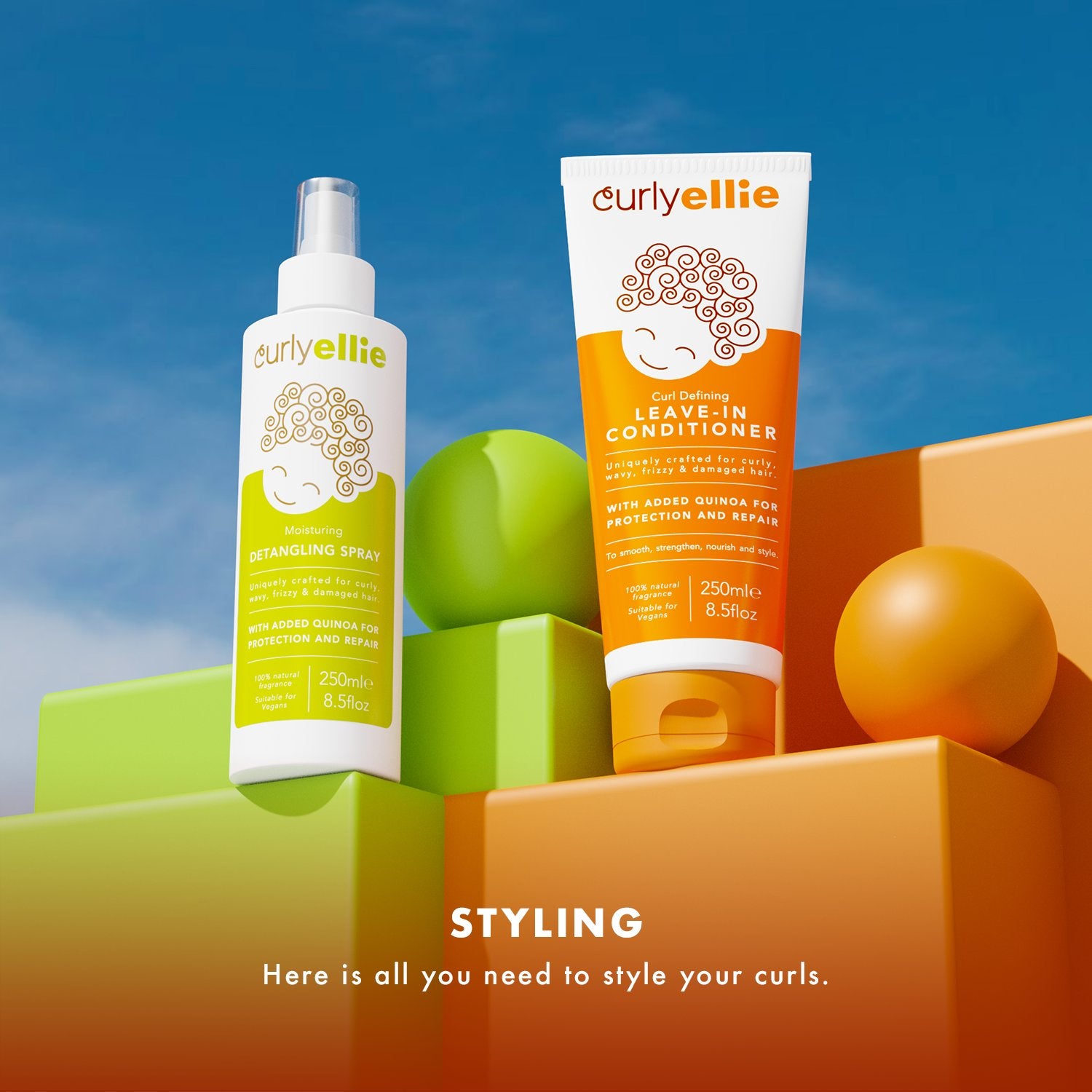
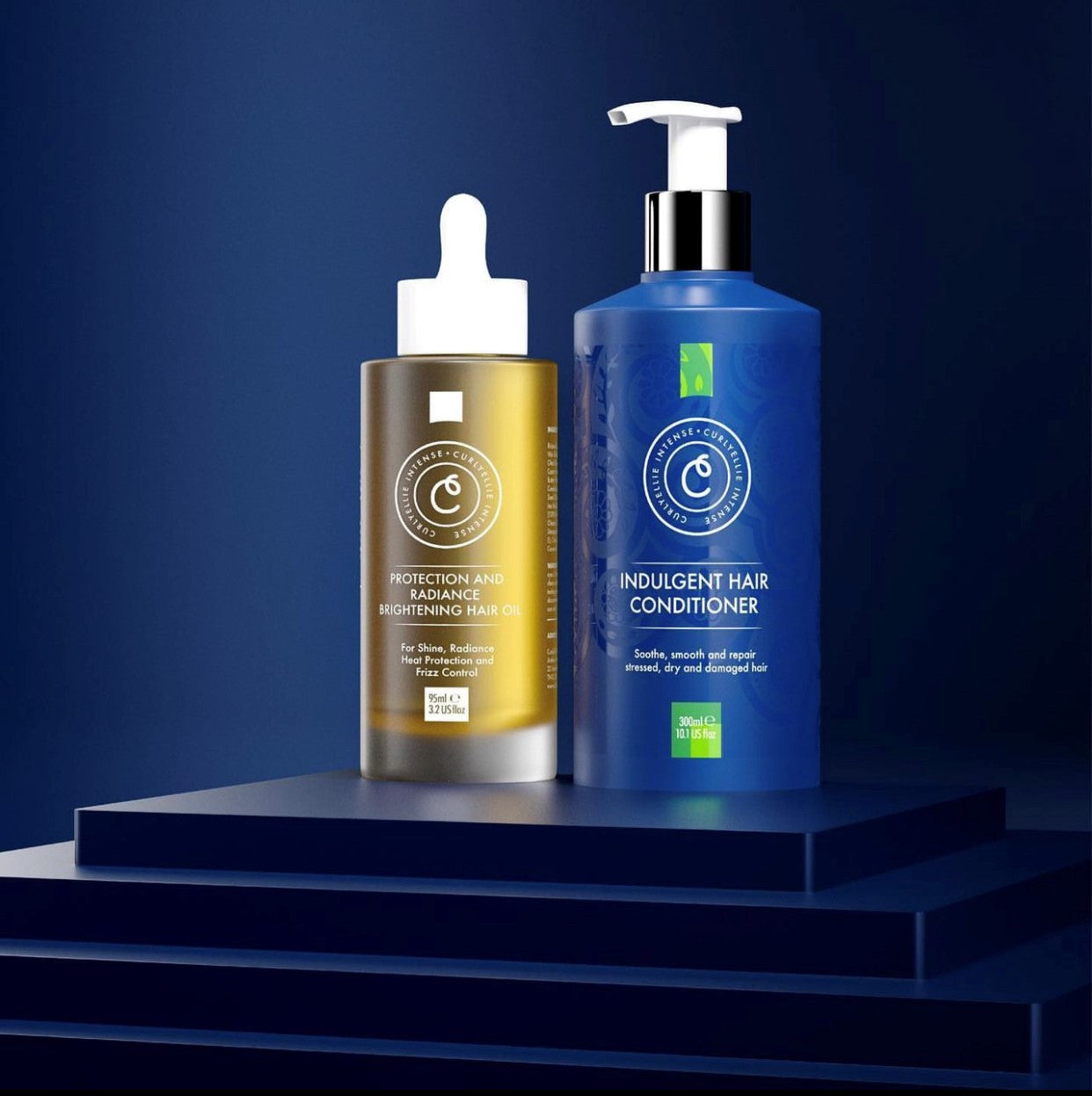
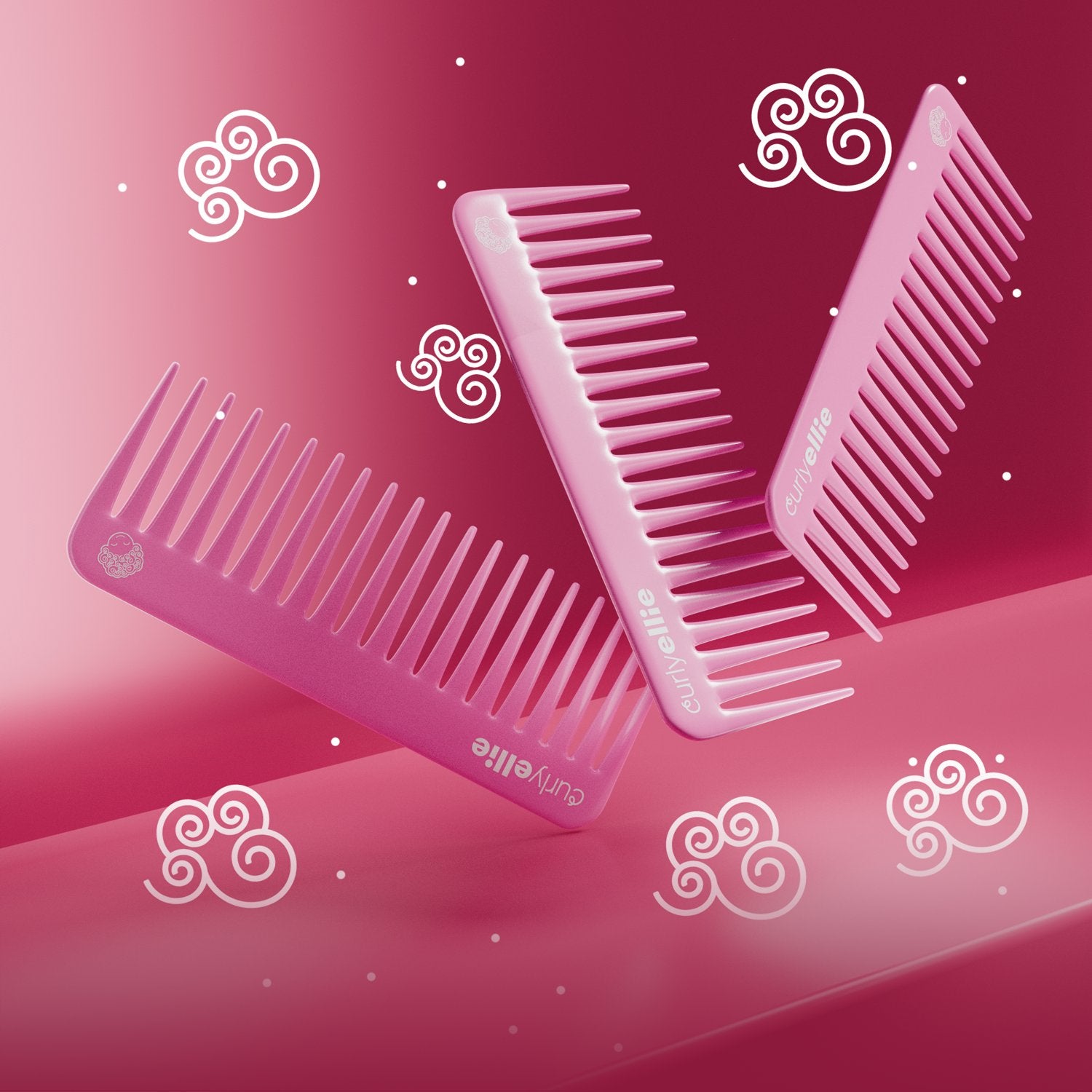




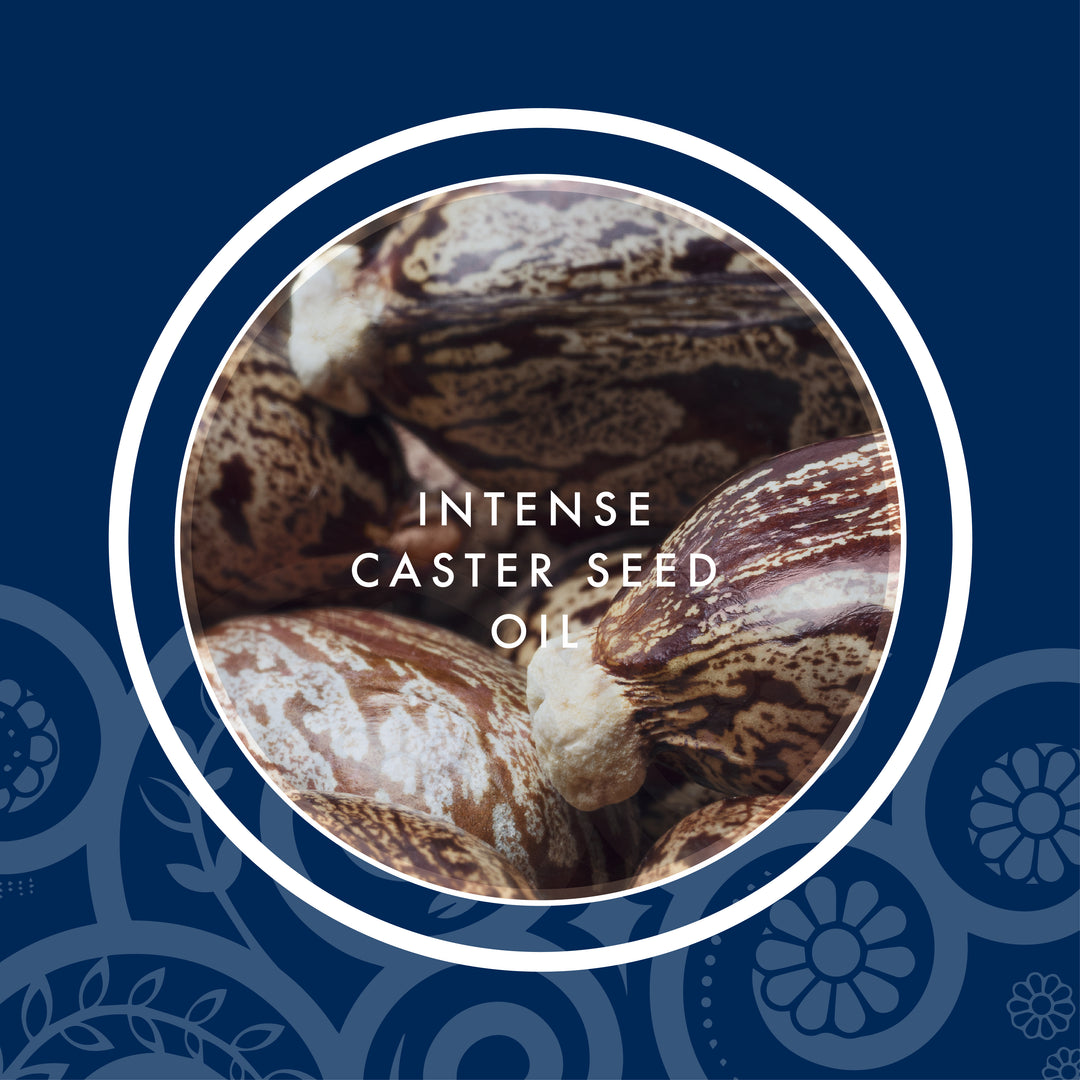
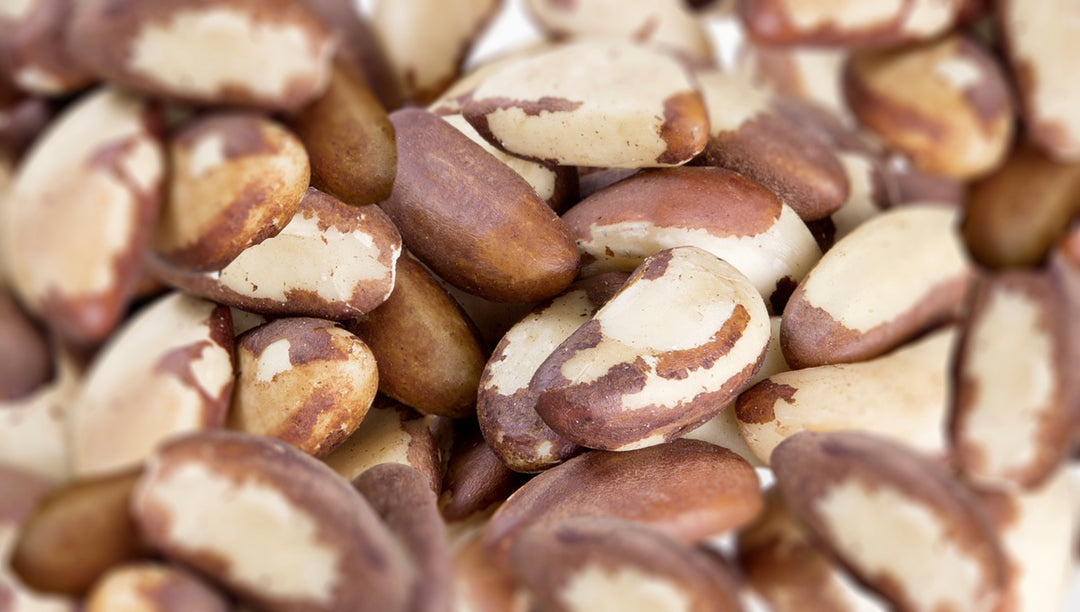
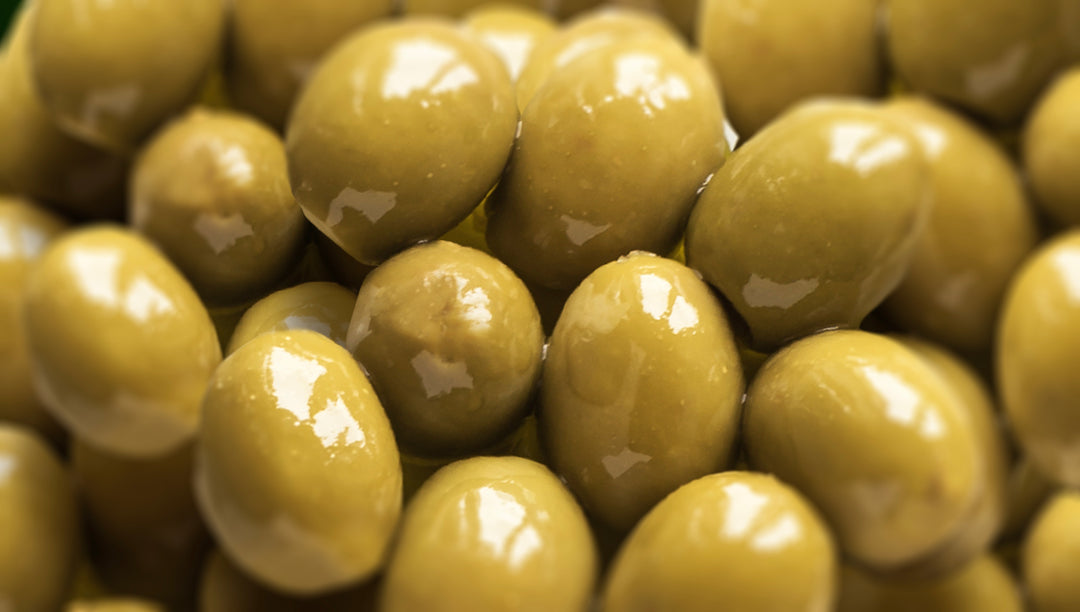
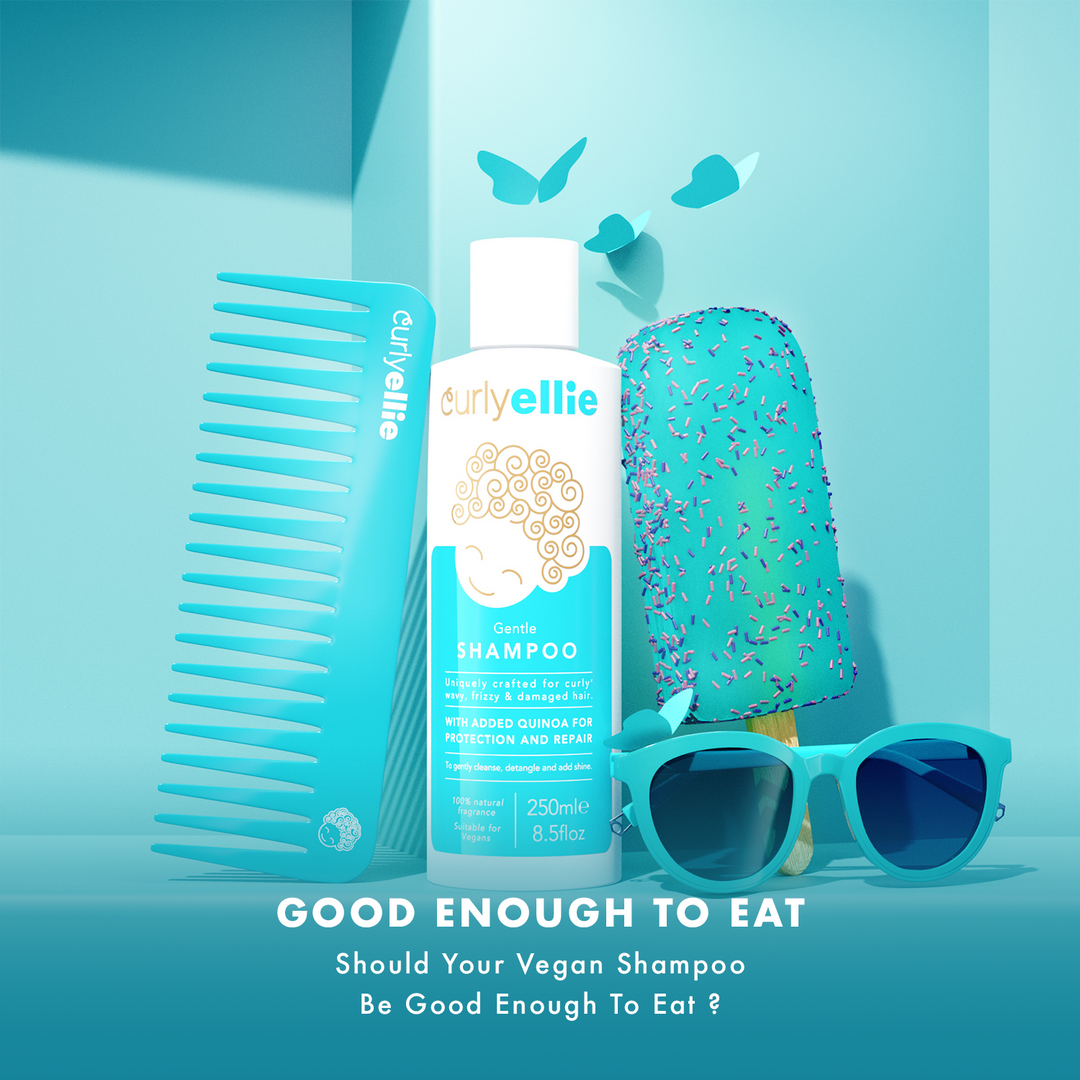
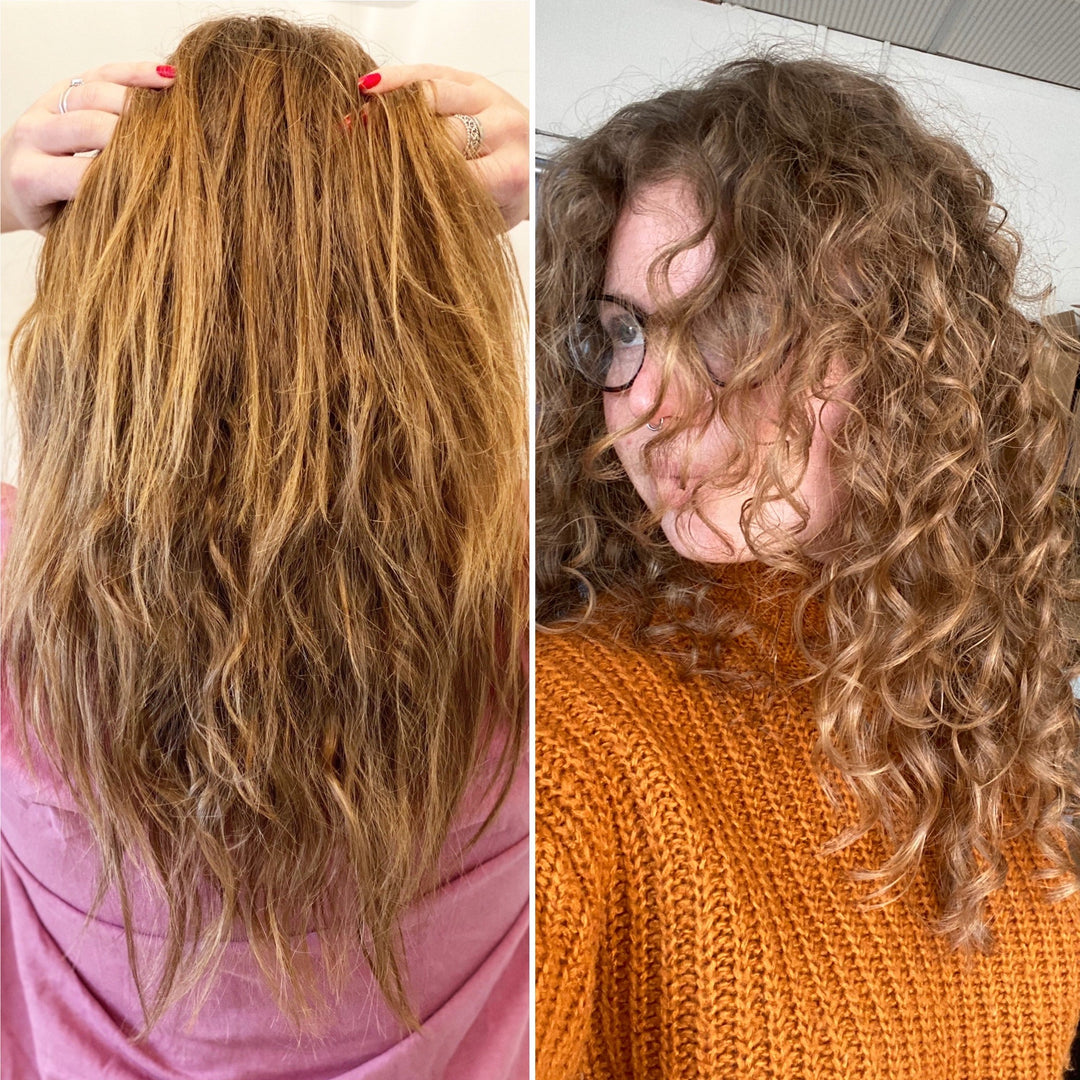
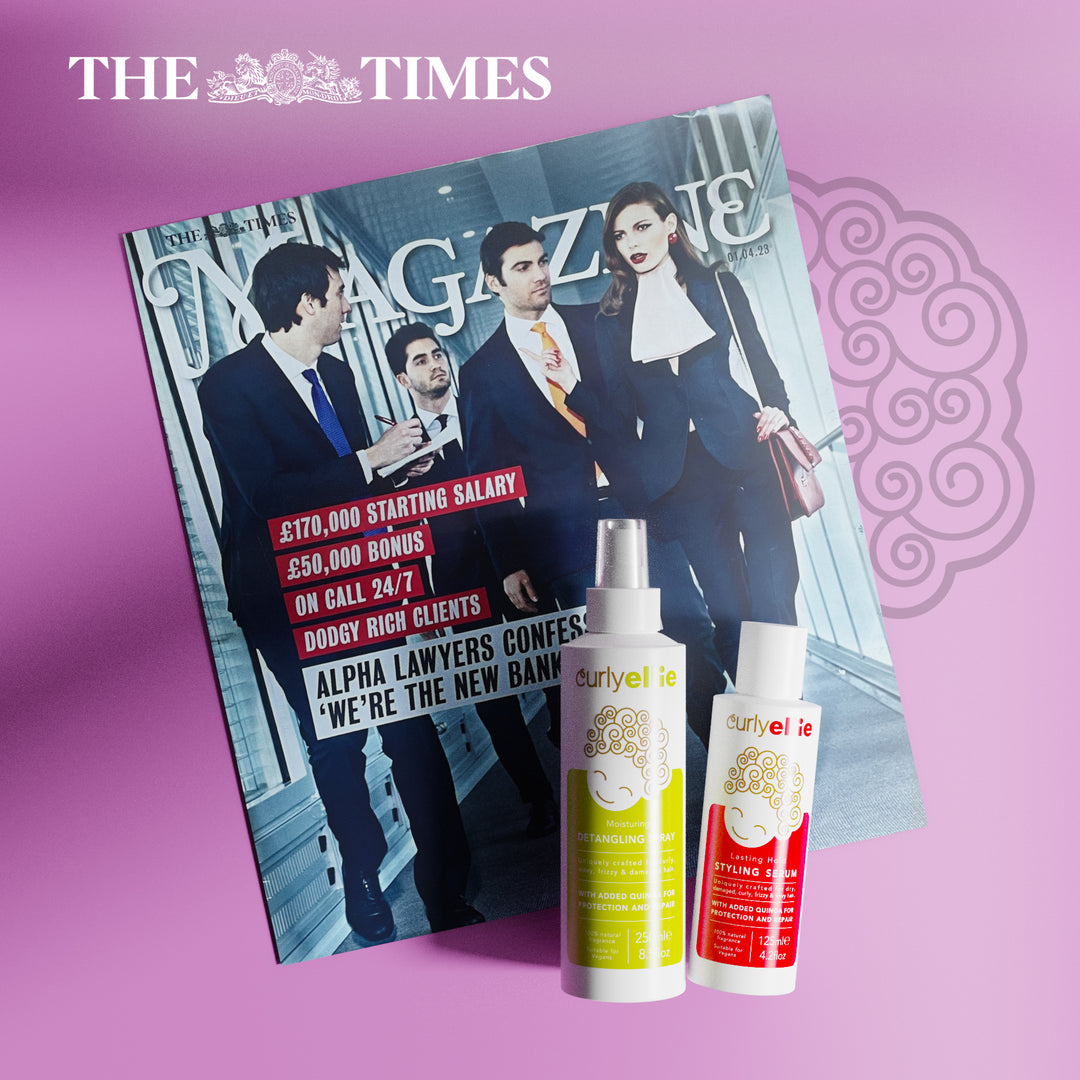
Leave a comment